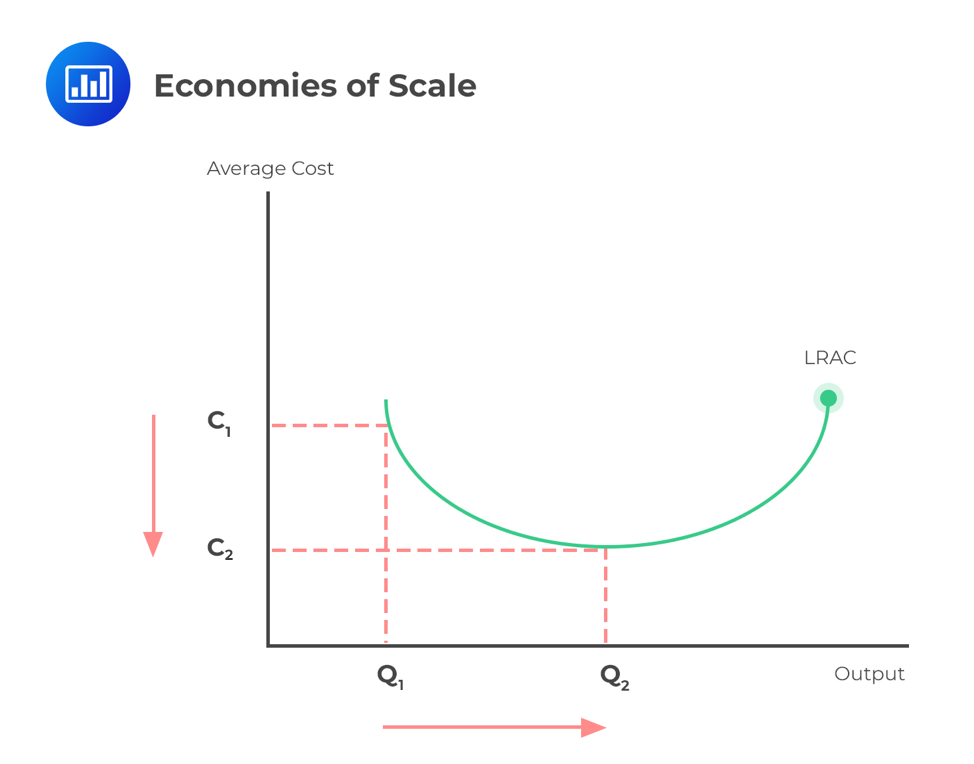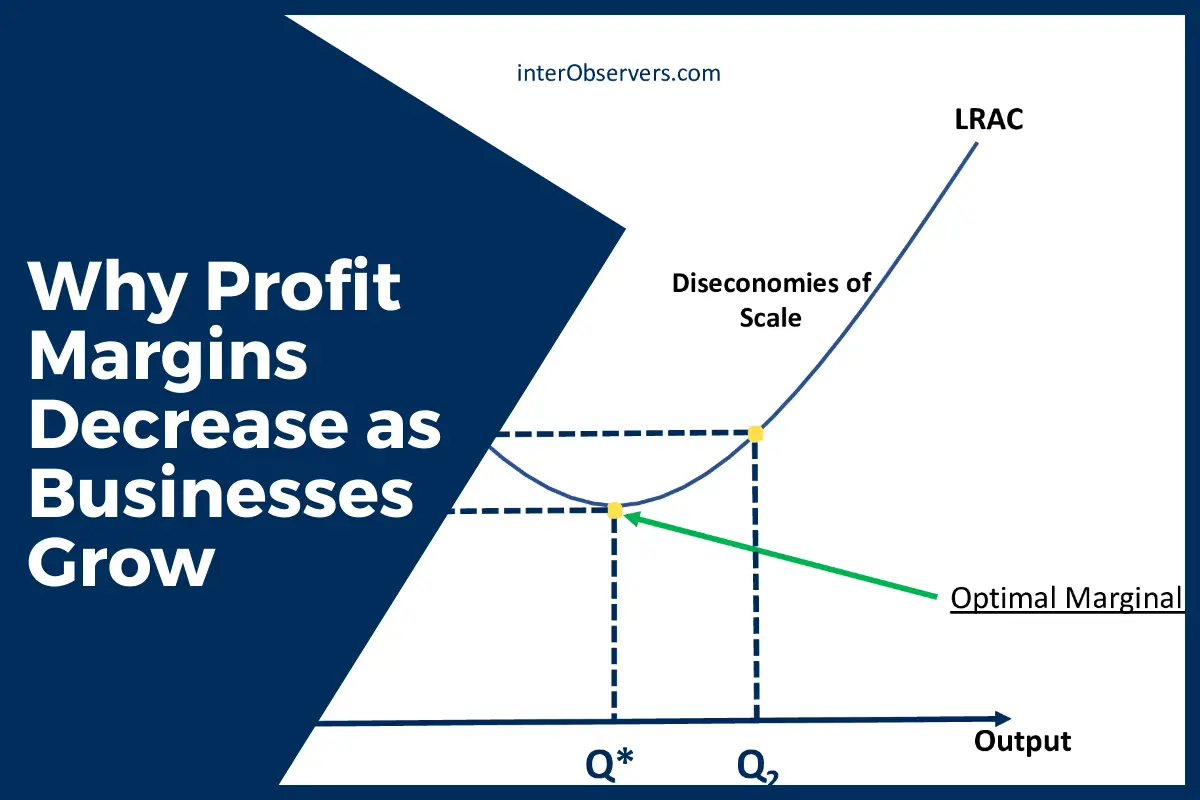First Class Info About How To Avoid Diseconomies Of Scale
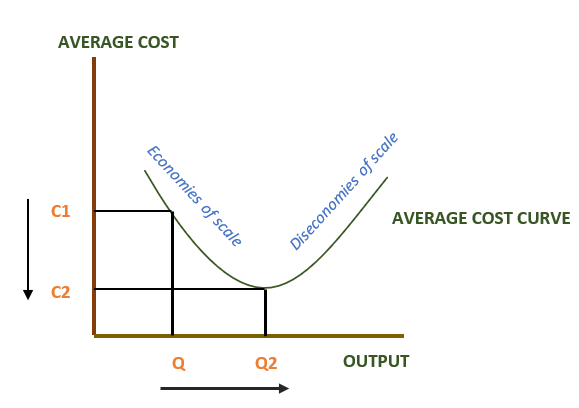
It is calculated by dividing total.
How to avoid diseconomies of scale. One is to keep operations as lean and efficient as possible. Economies of scale refer to the cost advantage brought about by an increase in the output of a product. It must strive to detect any external diseconomies of scale.
Inefficiencies in the production process can cause technical. There are a few key ways that businesses can avoid or mitigate the effects of diseconomies of scale. Employee cost is directly related to the production of units.
How to avoid diseconomies of scale? To prevent the adverse consequences of diseconomies of scale, a business must keep to the lowest average production cost. A final approach to reduce diseconomies of scale is to improve coordination channels.
How to avoid diseconomies of scale? In economics, the term diseconomies of scale describes the phenomenon that occurs when a firm experiences increasing marginal costs per additional unit. Average cost (ac) is the cost per unit of output.
Keep track of average cost (ac). Consider the graph shown above. To avoid the negative effects of diseconomies of scale, a firm must stick to the lowest average output cost and try to recognise any external diseconomies of scale.
As output rises, it is not inevitable that unit costs will fall. Any increase in output beyond q 2 leads to a rise in average costs. Firms may attempt to overcome diseconomies of scale by splitting up the firm into more manageable sections.
Diseconomies of scale that result from running a very large business organization can be avoided by using different approaches to management. Diseconomies of scale occur when a business grows so large that the costs per unit increase. Here are the five types of internal diseconomies of scale:
Economies of scale arise due to the inverse relationship between the. Diseconomies of scale that result from running a very large business organization can be avoided by using different approaches to. Diseconomies of scale is a real thing, btw.
The main difference between the two is that the average cost increases with increases in output when a firm is experiencing diseconomies of scale, and it decreases with an increase in.


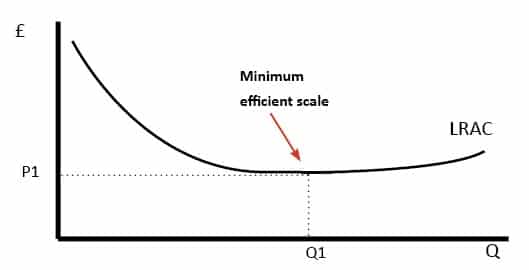

/diseconomies_of_scale_final-db85c494049d42aca10deb37e214a013.png)



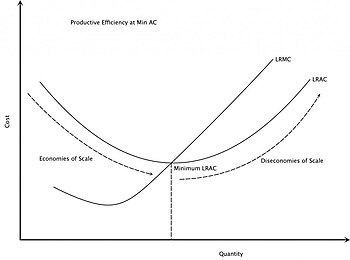

:max_bytes(150000):strip_icc()/diseconomies_of_scale_final-db85c494049d42aca10deb37e214a013.png)



